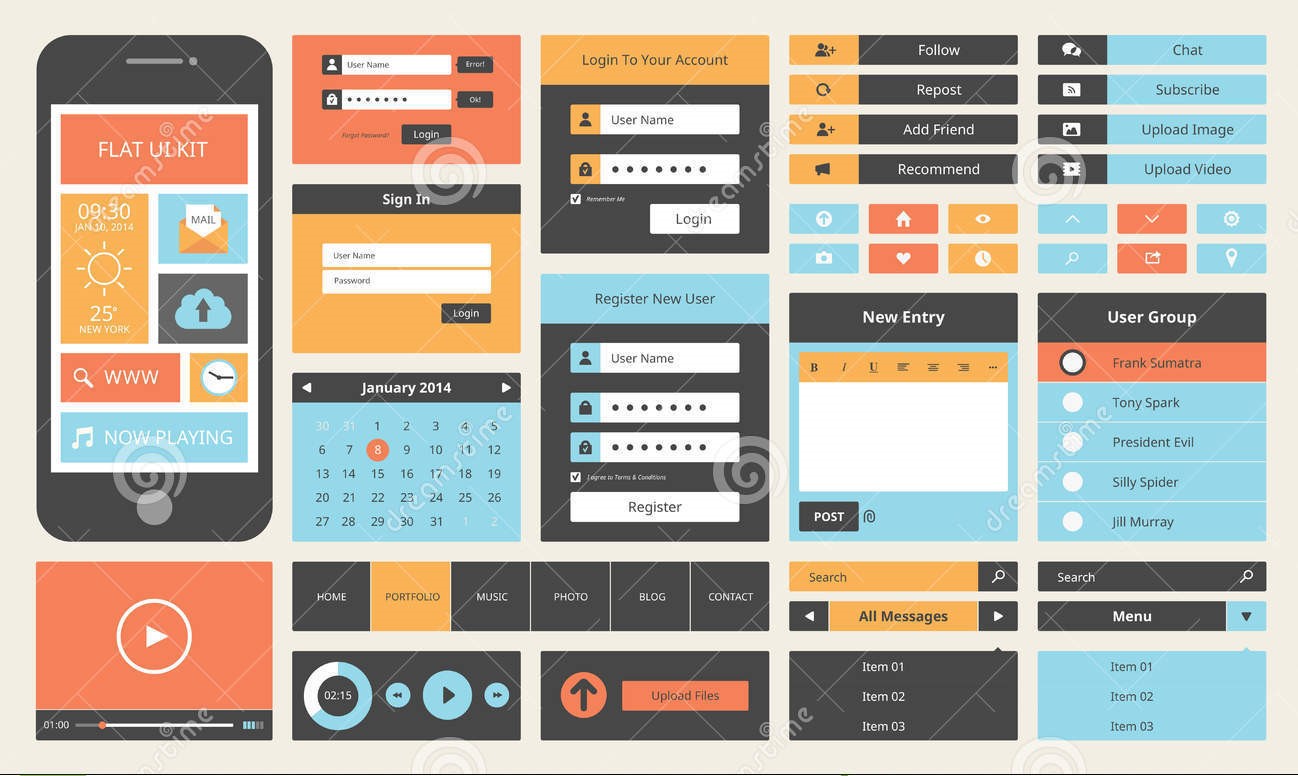Topic – Learning
Objectives
- Describe why understanding how humans learn is in designing HCI
- Describe differences between how experts and novices represent knowledge
- Describe how learning by analogy can be used in system design
- Describe the stages of learning
- Describe and give examples of how humans have difficulty learning new concepts and procedures.
- Define and provide examples of;
- Declarative knowledge
- Procedural knowledge
- Learning by analogy
- Stages of learning;
- cognitive,
- associative,
- autonomous
Summary
This lecture describes why an understanding of how humans learn is important in HCI. The lecture touches on handling of declarative knowledge, procedural knowledge, learning by analogy and the stages of learning.
Video
Reference Materials
Types of Knowledge;
Declarative Knowledge- https://en.wikipedia.org/wiki/Descriptive_knowledge
Procedural Knowledge – https://en.wikipedia.org/wiki/Procedural_knowledge
Learning by Analogy – https://en.wikipedia.org/wiki/Analogy
Stage of Skill Learning ( http://www.humankinetics.com/excerpts/excerpts/understanding-motor-learning-stages-improves-skill-instruction );
- Cognitive
- Associative
- Autonomous
A key to understanding the difficulties that users face when learning a new system, here are some of the difficulties you as a designer and user must overcome;
- Users experience frustration and blame themselves
- Users take longer than expected to learn
- Users have trouble applying what they know after training
- Users lack basic knowledge
- Users make ad-hoc interpretations (wrong analogies)
- Users have trouble following directions
- Users don’t read or follow directions
- Users understand or follow directions correctly
- Users Don’t understand how problems are related
Additional Information
